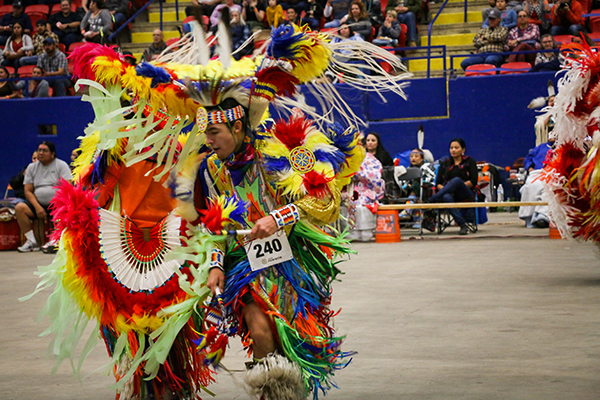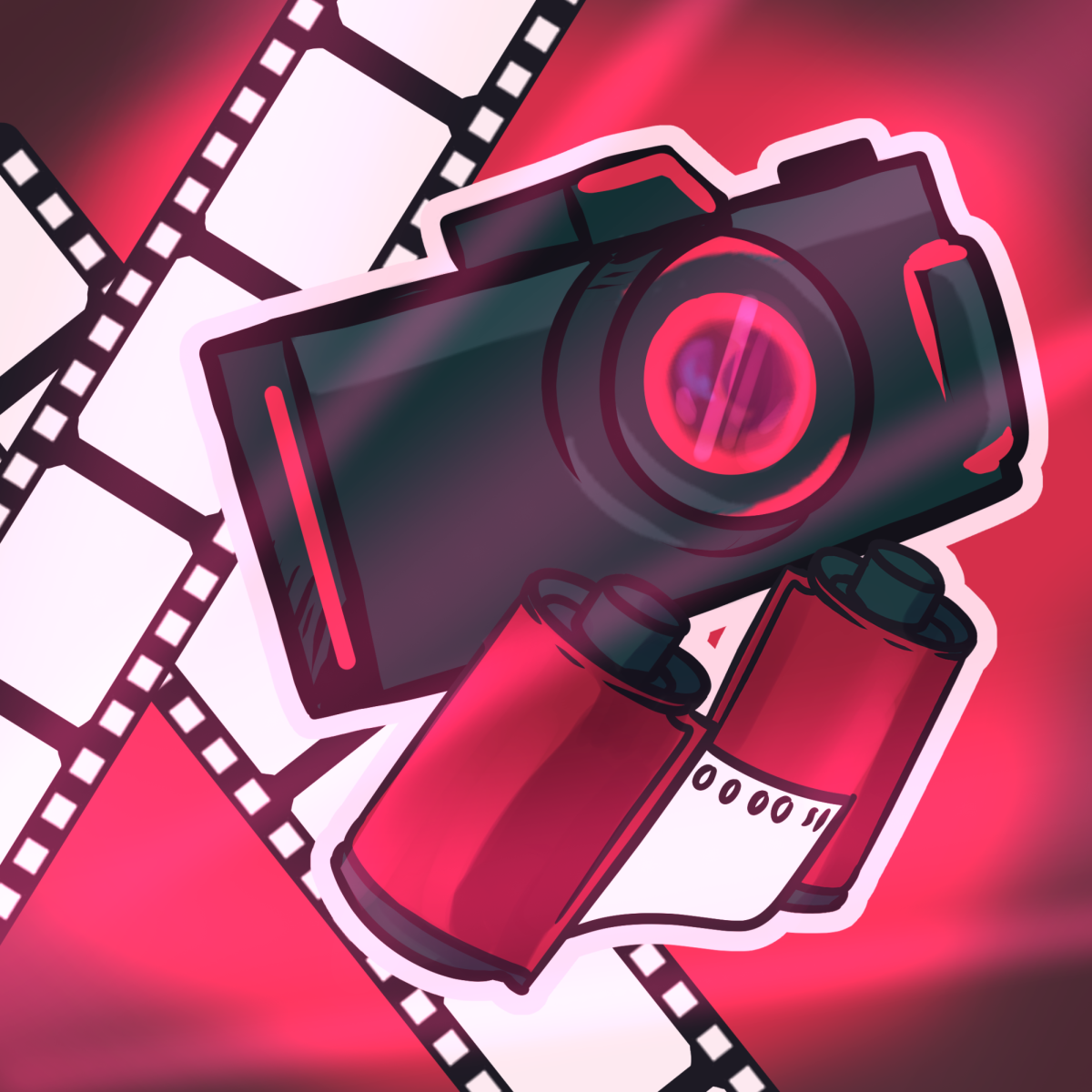The arena swelled with energy as dancers moved in time with the drum beat. During the Fancy Feather Dance, men clad in beads and feathers stomped and twirled in a fury of color as singers in the drum circle pinched their vocal cords and chanted at the top of their lungs.
Nearly 20,000 attendees, performers and merchants gathered at the Travis County Expo Center on Nov. 2 for the 28th annual Austin Powwow and American Indian Heritage Festival, said Robert Bass, executive director of Great Promise for American Indians, a nonprofit sponsor for the event. A powwow is a Native American ceremony that involves singing and dancing.
The family-oriented event included a vast array of activities and vendors. Those in attendance were able to purchase hand-crafted goods and frybread, flat dough bread fried in oil, at the Native Market and Food Court. They could also watch dancers from across the nation participate in competitions like the Ladies’ Buckskin dance and the Mens’ Chicken dance.
Franda Flyingman, member of the Kiowa tribe and dancer at the powwow, said it is important for people of all nationalities to participate in these events and learn more about Native American culture.
“To share culture, to share languages, to share an understanding of one another just makes for a more peaceful country in this nation at this time that’s been under such turmoil,” Flyingman said.
Dancers registered for their events the morning of the powwow. The competition was open to seniors, adults and children, according to an Austin Powwow informational flyer.
Bass said many dancers compete in powwows across the country and travel to the Austin Powwow in late autumn because the weather is relatively warmer than other parts of the nation. Dancers were able to win up to $500 in prize money, according to an event flyer.
William Tsosie, member of the Otoe Missouria tribe, participated in the Southern Straight dance. Tsosie said it is a men’s dance that is based out of Oklahoma and Nebraska and is meant to tell the story of tracking an enemy or hunting for game.
The dancers that participate in the powwow enjoy each other’s community, but are also competitive, Tsosie said. The important elements of each dance are rhythm and timing and dancers need to stop on time when the drum stops, he said.
Tsosie said his three-year-old son has also gained an interest in dance from watching YouTube videos and mimicking his father’s dance moves.
“It makes me proud as a father to just see him out there dancing,” Tsosie said.
Angela Calzada danced at the event and said she has participated in the Austin Powwow for the past 15 years. Calzada said participating in powwows is a way to celebrate life events and connect with friends and family members.
“It’s important for (event attendees) to know and understand that the culture is not dead, that it’s still alive and vibrant and rebounding in many ways,” Calzada said.
Bass said he hopes the event will continue to grow in the future because there are many people in Austin that know very little about the event.
“I run across people that really don’t think they can come,” Bass said. “They may think it’s a religious type of event or it’s only for people who are Native American. And that’s not true. We want everyone to come enjoy it.”




















